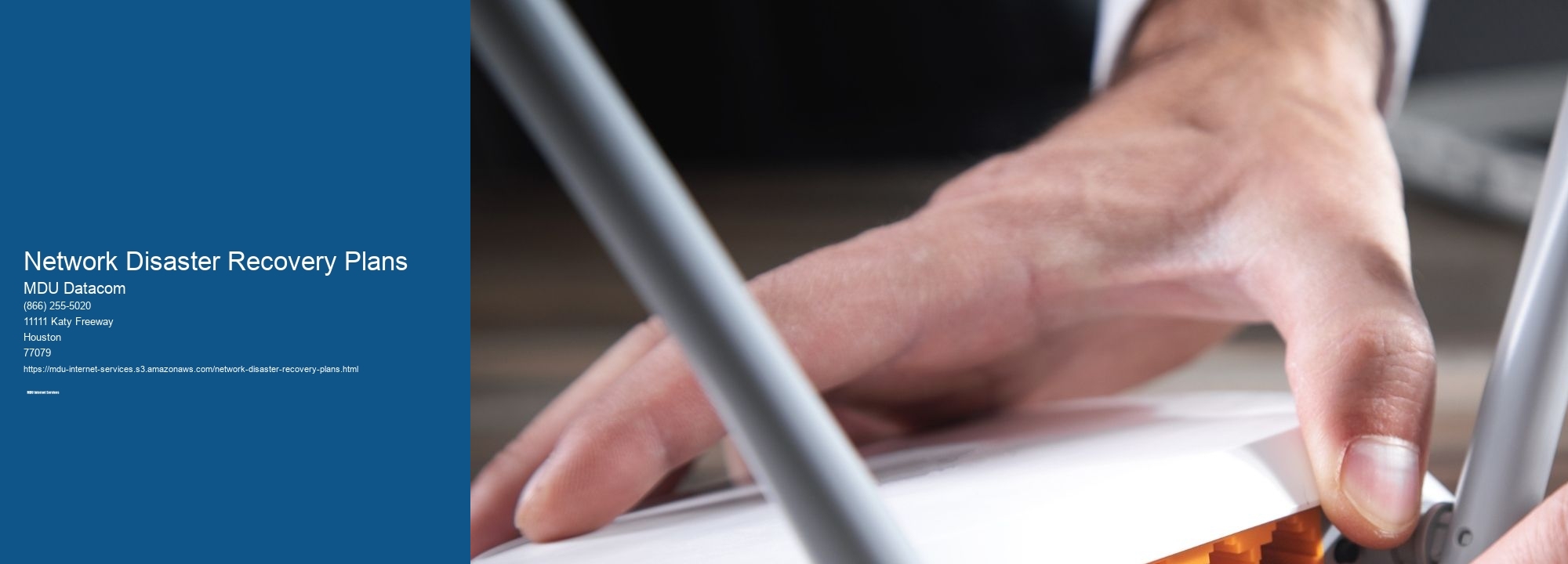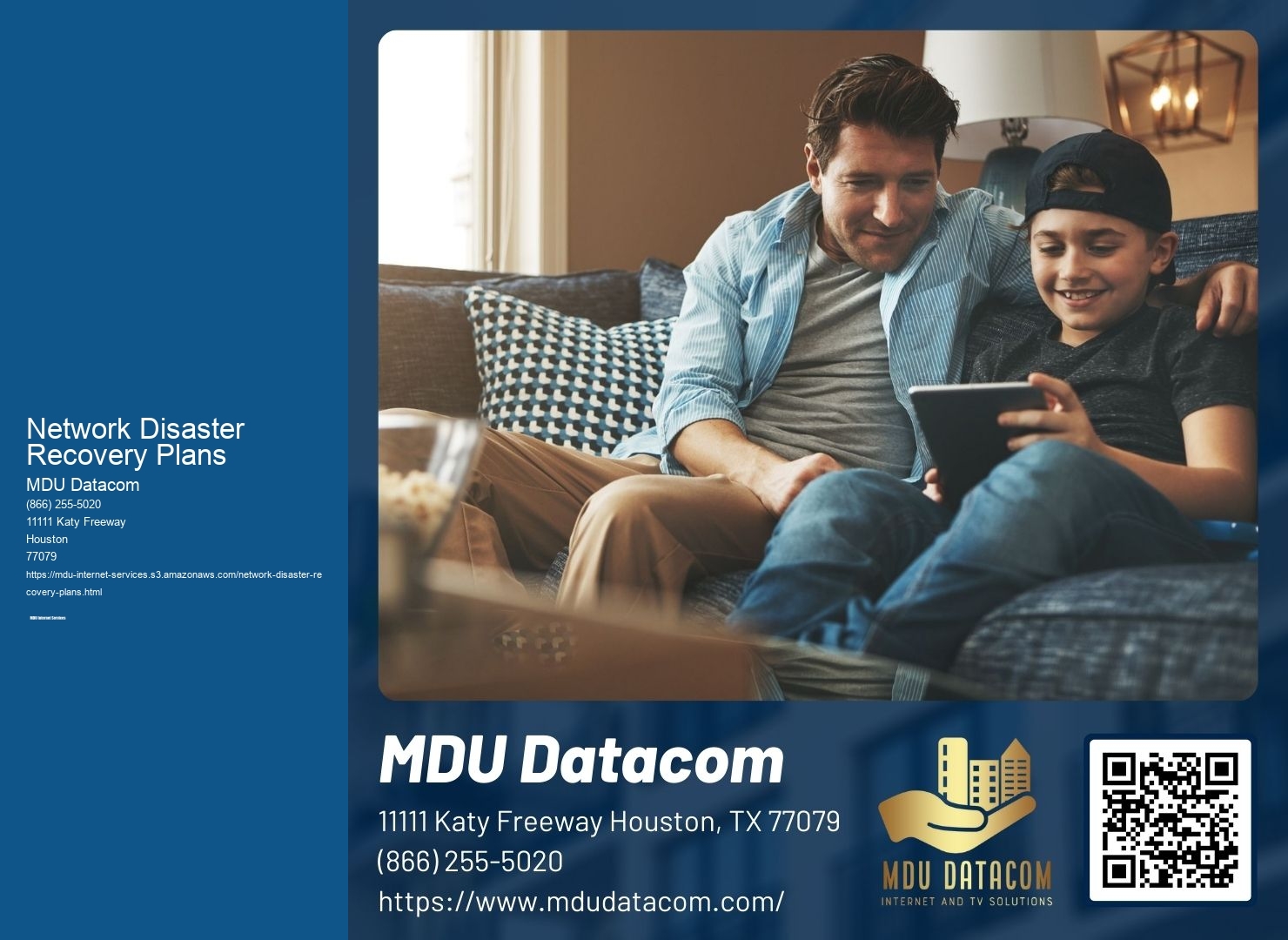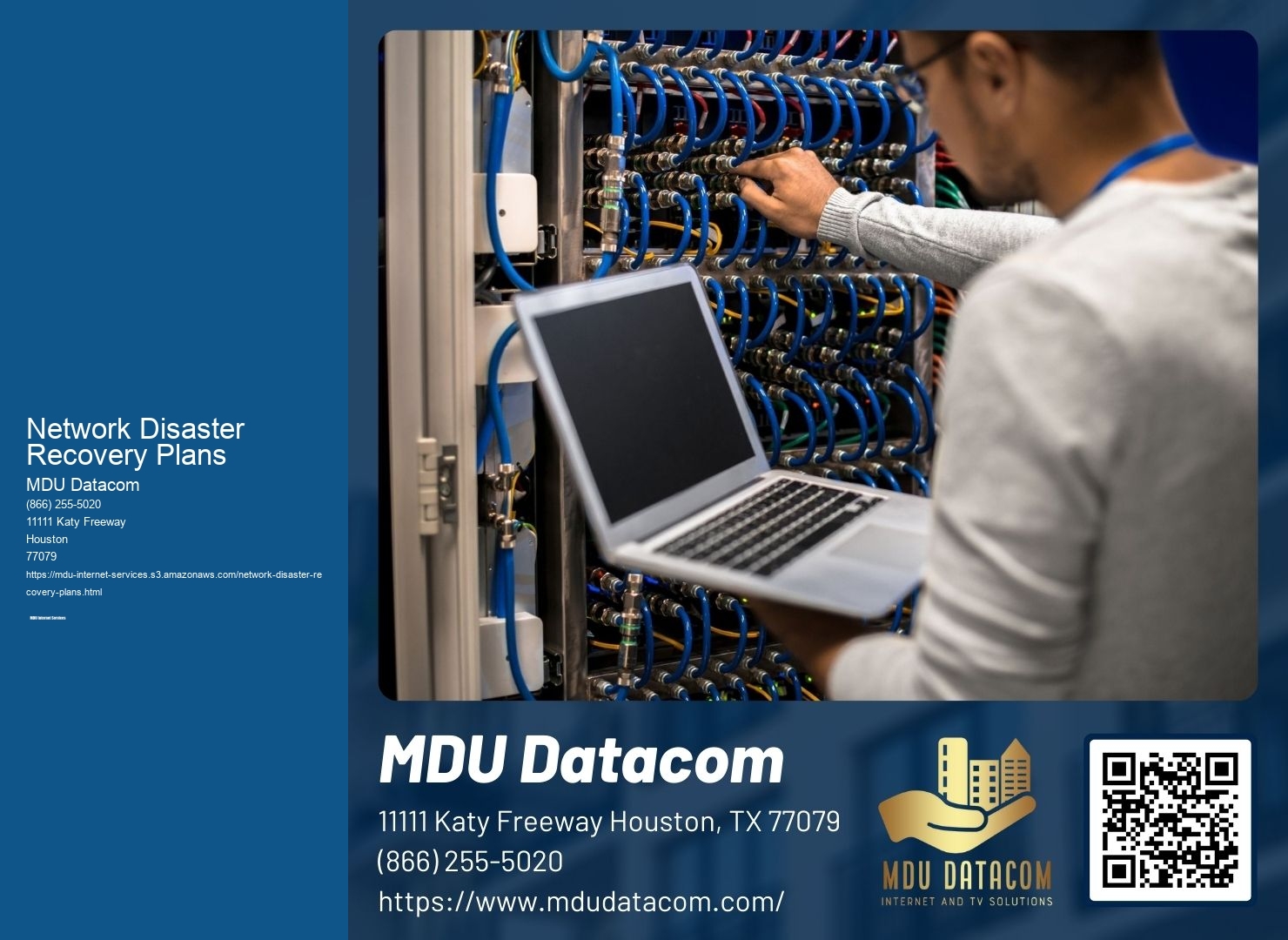

There are different methods for storing network configuration backups. One option is to store backups locally on a network server or storage device. This provides quick and easy access to the backups but may be susceptible to physical damage or loss. Another option is to store backups remotely in a cloud-based storage service. This ensures that backups are securely stored off-site and can be accessed from anywhere with an internet connection. Additionally, some organizations choose to store backups on external storage devices, such as external hard drives or tape drives, which can be stored in a secure location.
The frequency of network configuration backups depends on the specific needs and requirements of an organization.
There are several best practices for securing network configuration backups. Firstly, backups should be encrypted to protect sensitive information from unauthorized access. This can be achieved by using encryption algorithms such as AES or RSA. Secondly, access to backup files should be restricted to authorized personnel only, using strong passwords and access controls. Additionally, backups should be stored in a secure location, such as a locked server room or a cloud storage service with robust security measures. Regular testing of backup files should also be conducted to ensure their integrity and usability in case of a restore.

In case of a failure or loss of network configuration, backups can be restored by following a systematic process. Firstly, the cause of the failure should be identified and resolved to prevent further issues. Then, the backup files should be retrieved from their storage location. Depending on the backup method used, this may involve accessing a local server, downloading files from a cloud storage service, or connecting external storage devices.
There are several tools and software available to assist with network configuration backups. Community-Wide Wi-Fi Networks Some popular options include SolarWinds Network Configuration Manager, Cisco Prime Infrastructure, and ManageEngine Network Configuration Manager. These tools provide features such as automated backups, configuration change tracking, and centralized management of network configurations. They often support a wide range of network devices and offer additional functionalities such as compliance auditing, reporting, and version control. These tools can greatly simplify the backup process and help organizations ensure the integrity and availability of their network configurations.

A network disaster recovery plan is a comprehensive strategy that outlines the steps and procedures an organization will take to recover its network infrastructure and operations in the event of a disaster. This plan is crucial for organizations because it helps minimize downtime, reduce data loss, and ensure business continuity.
The key components of a network disaster recovery plan include risk assessment, backup and recovery procedures, communication protocols, and testing and maintenance. Risk assessment involves identifying potential vulnerabilities and threats to the network infrastructure, such as natural disasters, cyberattacks, or hardware failures. Fiber Optic Internet for Rental Properties Backup and recovery procedures outline the steps for regularly backing up critical data and systems, as well as the process for restoring them in the event of a disaster. Communication protocols establish how information will be shared among key stakeholders during a crisis. Testing and maintenance involve regularly reviewing and updating the recovery plan to ensure its effectiveness and relevance.

MDU does not currently offer any rewards programs or referral bonuses for residents who advocate for their internet services. However, they do provide exceptional customer service and a wide range of high-speed internet options to meet the needs of their residents. MDU understands the importance of reliable and fast internet in today's digital age and strives to deliver top-notch service to their customers. While there may not be specific rewards or bonuses for advocating for their services, residents can rest assured knowing that MDU is committed to providing them with the best internet experience possible.
Residents who wish to access MDU internet services may be subject to certain requirements, such as credit checks and contracts. These requirements ensure that the residents are financially capable of paying for the internet services and that they are committed to a certain period of service. Credit checks may be conducted to assess the residents' creditworthiness and determine if they have a history of timely bill payments. Contracts, on the other hand, outline the terms and conditions of the internet service, including the duration of the contract, the monthly fees, and any penalties for early termination. These requirements help protect both the MDU provider and the residents, ensuring a smooth and reliable internet service experience.
MDU, also known as Multi-Dwelling Unit, does offer incentives for residents to participate in surveys or focus groups related to internet service improvement. These incentives are designed to encourage residents to provide valuable feedback and insights that can help MDU in enhancing their internet services. By participating in these surveys or focus groups, residents may have the opportunity to receive rewards such as gift cards, discounts on their internet bills, or even free upgrades to higher internet speeds. These incentives serve as a way to show appreciation to residents for their time and effort in contributing to the improvement of MDU's internet services.
MDU, or Multi-Dwelling Unit, handles requests for Wi-Fi coverage expansion within properties by following a systematic approach. Firstly, they assess the current Wi-Fi coverage and identify any areas with weak or no signal. Then, they analyze the property's infrastructure and determine the best placement for additional access points or routers to ensure optimal coverage. MDU also considers factors such as the number of residents, the size of the property, and the types of materials used in the building's construction. They may utilize technologies like mesh networking or powerline adapters to extend the Wi-Fi coverage effectively. Additionally, MDU takes into account the specific needs and preferences of the property owners or residents, ensuring that the expanded Wi-Fi coverage meets their requirements.
Residents of MDU (multi-dwelling units) have the option to opt out of the internet services provided by the MDU if they prefer to utilize alternative providers. These alternative providers may include ISPs (Internet Service Providers) that offer a wider range of plans, higher speeds, or more affordable pricing options. By opting out, residents can exercise their freedom of choice and select a provider that best suits their individual needs and preferences. This flexibility allows residents to take advantage of the competitive market and access the internet services that align with their specific requirements, whether it be for personal or professional use.
Residents of MDU properties in Maryland have the ability to request specific internet service providers (ISPs) based on their individual preferences and needs. These requests can be made to the property management or the homeowner's association, who can then work with the ISPs to determine the feasibility of providing the requested services. The availability of specific ISPs may vary depending on the location and infrastructure of the MDU property. However, residents can explore options and express their preferences to ensure that their desired ISP is considered during the decision-making process.
MDU internet services, also known as Multi-Dwelling Unit internet services, may or may not have data caps depending on the specific provider and package chosen. Data caps refer to the limit on the amount of data that can be used within a given billing cycle. Some MDU internet services may have data caps in place to manage network congestion and ensure fair usage among multiple users within the same building or complex. However, it is important to note that not all MDU internet services have data caps, as some providers offer unlimited data plans. When considering MDU internet services, it is advisable to carefully review the terms and conditions, as well as the specific package details, to determine if there are any data caps or restrictions in place.